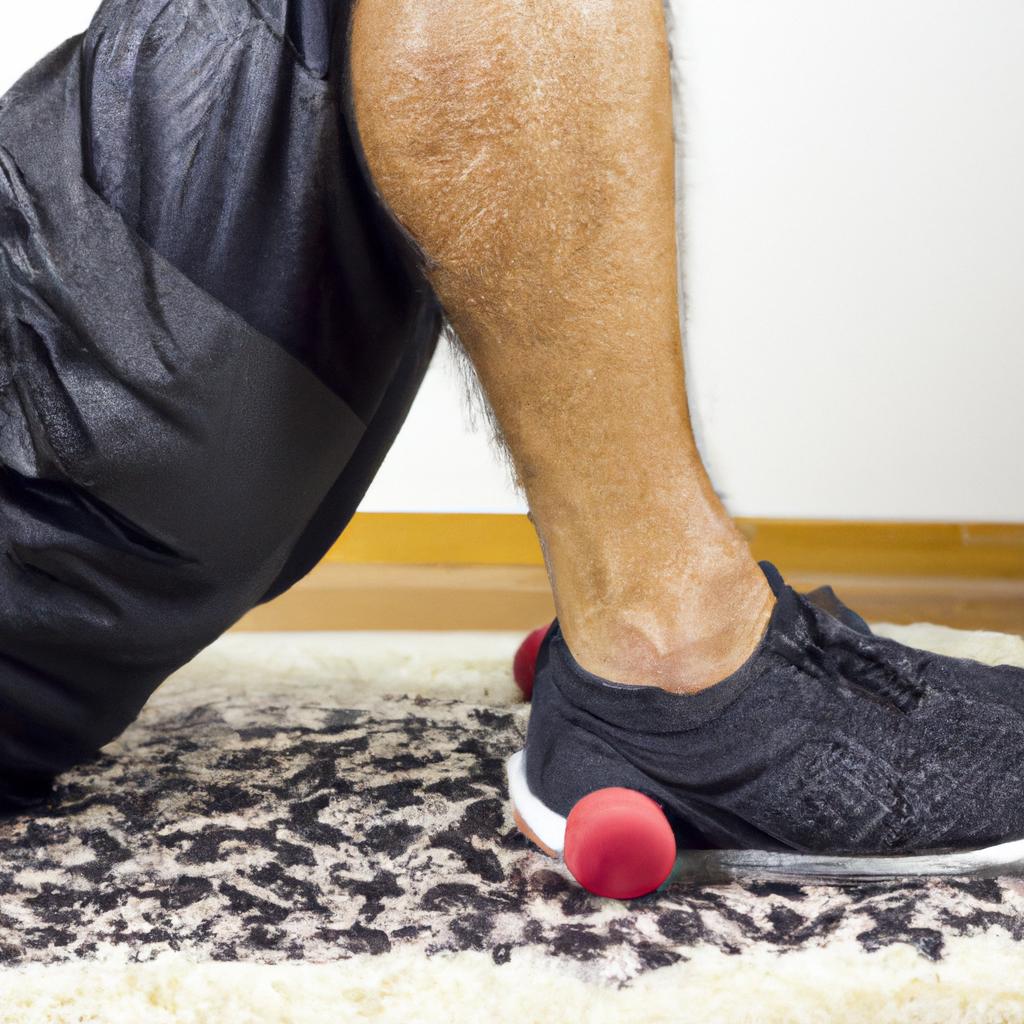**”The Role of Mobility Drills in Enhancing Functional Strength: Techniques to Improve Movement Patterns for Everyday Activities”**
The Role of Mobility Drills in Enhancing Functional Strength: Techniques to Improve Movement Patterns for Everyday Activities
In today’s fast-paced world, many people overlook mobility drills. However, these exercises enhance functional strength. They improve movement patterns essential for everyday activities. Incorporate mobility drills into your routine to increase performance and reduce injury risk. This blog post explores various techniques, their benefits, and how to integrate them into daily life.
Understanding Functional Strength
Functional strength refers to the ability to perform daily tasks efficiently. It involves coordinating multiple muscle groups and joints. It emphasizes movement patterns that mimic real-life activities. For instance, lifting groceries or squatting to tie shoes requires various muscle groups to work together. Therefore, improving functional strength helps you perform these activities with ease and confidence.
The Importance of Mobility
Mobility refers to the range of motion in your joints. It allows your body to move freely and efficiently. Furthermore, good mobility enhances performance in physical activities. When you improve mobility, you also increase functional strength. Consequently, this leads to better posture, reduced pain, and improved sports performance.
Key Mobility Drills to Enhance Functional Strength
Incorporate specific mobility drills to enhance your functional strength. Here are some effective techniques to get started.
Dynamic Stretching
Dynamic stretching involves moving body parts through a full range of motion. It warms up muscles and prepares them for activity. Try leg swings, arm circles, and torso twists as part of your warm-up. These movements improve flexibility and coordination. Perform dynamic stretches for 5-10 minutes before your workout.
Hip Openers
Tight hips can limit mobility and affect overall strength. Hip openers increase flexibility in your hips, improving squat and lunge mechanics. Try the pigeon pose or the butterfly stretch. Hold each stretch for 20-30 seconds and repeat 2-3 times. Also, include hip flexor stretches to target tight areas.
Thoracic Spine Mobility
Many people experience stiffness in their thoracic spine from prolonged sitting. Improving mobility in this area enhances posture and functional strength. Try exercises like thoracic rotations and wall angels. These drills open your chest and improve shoulder mobility. Include these exercises in your routine to counteract sedentary lifestyle effects.
Nutrition Tips to Support Mobility and Strength
Proper nutrition plays a vital role in enhancing strength alongside mobility drills. A balanced diet provides necessary nutrients for muscle recovery and growth.
Focus on Anti-Inflammatory Foods
Inflammation can hinder mobility and overall performance. Incorporate anti-inflammatory foods like berries, leafy greens, and fatty fish into your diet. These foods help reduce inflammation and promote recovery. They also provide essential vitamins and minerals to support your training.
Stay Hydrated
Hydration is crucial for optimal muscle function. Drink plenty of water throughout the day to stay hydrated. Dehydration can lead to muscle cramps and decreased performance. Ensure you consume enough fluids before, during, and after workouts.
Prioritize Protein Intake
Protein plays a significant role in muscle repair and growth. Include lean sources of protein, such as chicken, fish, and legumes, in your meals. Aim for protein-rich snacks post-workout to aid recovery. This helps maintain muscle mass and promotes functional strength.
Health Benefits of Improved Mobility and Functional Strength
Improving mobility and functional strength offers numerous health benefits. First, it enhances overall physical performance. You can perform daily tasks more efficiently, leading to increased productivity. Moreover, improving functional strength reduces your injury risk. When your body can move well, it absorbs shock and adapts to various activities better.
Additionally, better mobility can improve your posture. Good posture reduces strain on your muscles and joints, leading to less pain. Furthermore, enhanced mobility contributes to better balance and coordination, reducing fall risk, especially as you age.
Conclusion
Incorporating mobility drills into your routine enhances functional strength significantly. These exercises improve movement patterns for everyday activities. Moreover, focusing on nutrition supports your training efforts. By prioritizing mobility, you enhance overall performance and reduce injury risk.
In summary, mobility drills play a vital role in functional strength. They help you move efficiently and perform daily tasks with ease. Combine these drills with proper nutrition for optimal results. By doing so, you can unlock your potential and lead a more active, fulfilling life.
Below are related products to the topic if you’re interested:
FAQ
What are mobility drills, and why are they important for functional strength?
Mobility drills are exercises designed to enhance the range of motion in your joints, allowing your body to move freely and efficiently. They are important for functional strength because they improve movement patterns that mimic everyday activities, making tasks like lifting groceries or squatting to tie shoes easier and more confident. By incorporating mobility drills, you can enhance your physical performance, reduce the risk of injury, and improve overall posture.
How can I integrate mobility drills into my daily routine?
You can integrate mobility drills into your daily routine by allocating 5-10 minutes for dynamic stretching before workouts and incorporating specific exercises like hip openers and thoracic spine mobility drills throughout the week. For instance, you can perform leg swings, pigeon poses, and thoracic rotations as part of your warm-up or cool-down. Consistency is key, so aim to include these drills regularly to see improvements in your functional strength and mobility.
What role does nutrition play in supporting mobility and functional strength?
Nutrition plays a vital role in supporting mobility and functional strength by providing the necessary nutrients for muscle recovery and growth. Focusing on a balanced diet that includes anti-inflammatory foods, staying hydrated, and prioritizing protein intake can enhance your training efforts. Anti-inflammatory foods help reduce inflammation, hydration supports optimal muscle function,















Post Comment